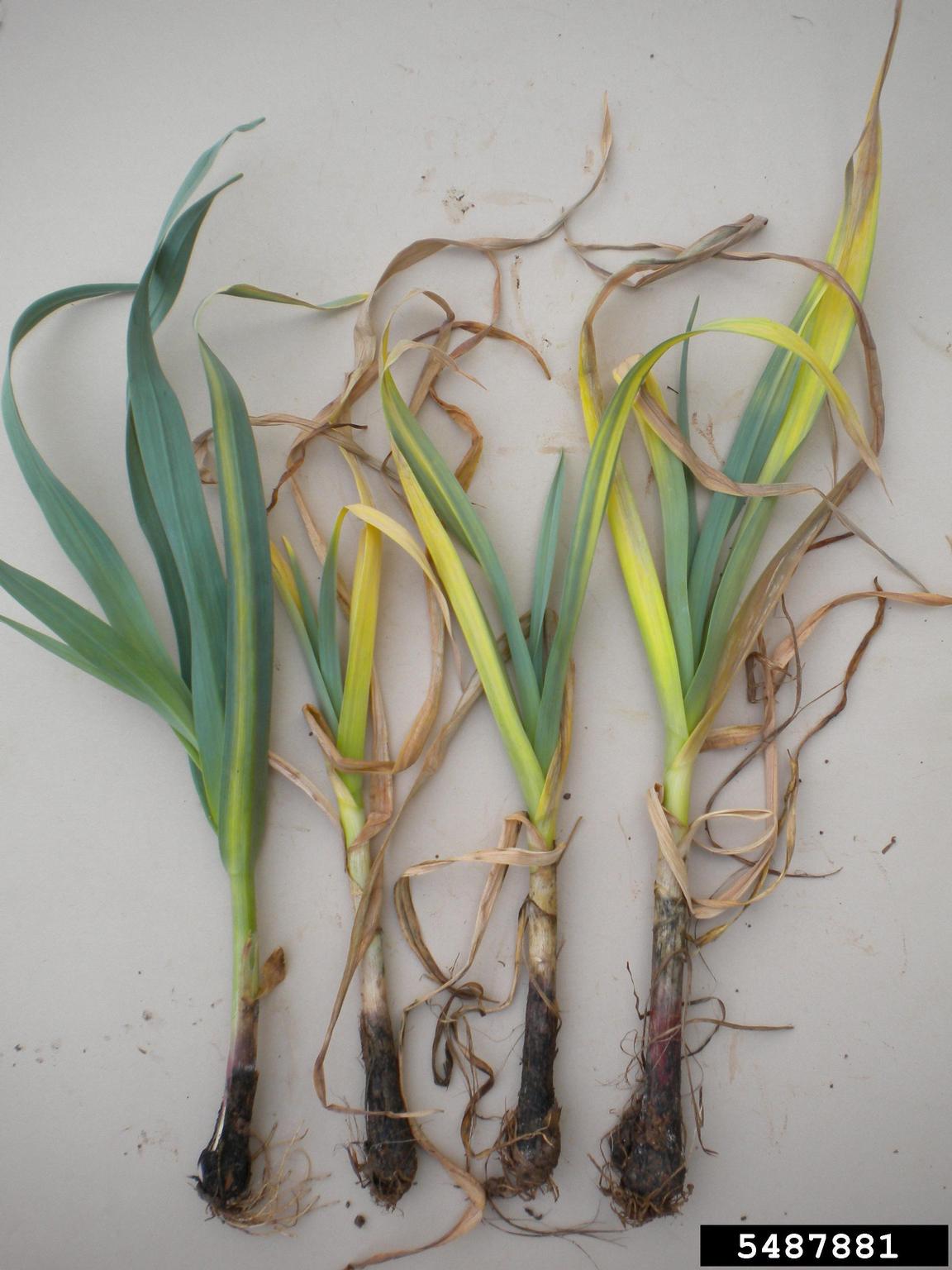Common Garlic Problems: Treating Garlic Problems In The Garden


Growing your own food is an incredibly rewarding experience, but it can also be frustrating since plant diseases and pests seem to be everywhere. This fall, why not try planting a few garlic cloves for next spring? If you're trying your hand at growing garlic, keep an eye out for these common garlic problems.
Garlic Problems in the Garden
Garlic pests and diseases can ruin your harvest, sometimes without you even knowing it until it's too late. Others wait to emerge until later, causing problems when drying garlic. Either way, it's a huge headache. The most common problems of garlic are caused by these common types of pathogens:
Fungal
By far, fungal problems are the most common garlic plant problems. You may get an early hint that something's wrong, like early yellowing of foliage or white or gray, fluffy growth low on the stem. Unfortunately, there's very little that can be done about fungal diseases in garlic. The best strategy is to practice a four year crop rotation. If you can't do this, some fungal pathogens, like Botrytis, can be discouraged by wide spacing between plants. Drying garlic quickly will often prevent storage spoilage. When you must use the same garden space, minimize sources of fungal spores like dead leaves and spent plants by immediately removing and burning or bagging.
Nematodes
These tiny roundworms live in the soil and feed on roots and bulbs-- they can destroy an entire crop in no time. If your plants are lacking in vigor or the leaves look bloated, nematodes may be the cause. Fungus and bacteria can further complicate diagnosis by moving into the nematodes' feeding sites. Nematode control in the home garden isn't easy, which is why most gardeners simply move to another garden spot for several years to starve the pests out. You'll have to take care to ensure that no members of the onion or nightshade family pop up unexpectedly to give the nematodes something new to feed upon during that time.
Mites
Bulb mites sometimes bother garlic and onions, feeding on stem plates and roots. Infected plants will be much smaller than non-infected plants and may easily pull out of the soil because of their damaged root system. You may be able to see tiny, cream-colored mites with purple-brown legs clustered under garlic scales or at the base of roots. Like with nematodes, the feeding of these mites allows other pathogens to invade the garlic bulb. You'll also need to practice crop rotation to destroy these mites. They're more flexible in their feeding than nematodes, so leaving your garden fallow or planting it out with a green, non-bulbing manure is recommended.
Sign up for the Gardening Know How newsletter today and receive a free copy of our e-book "How to Grow Delicious Tomatoes".

Kristi Waterworth was a regular contributor to Gardening Know How for many years, answering countless queries on plant pests and diseases.